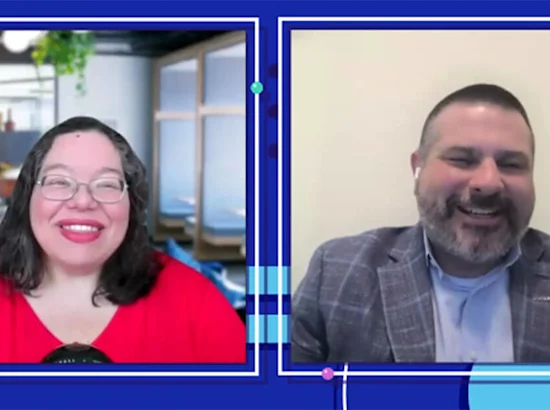When multiple contractors support an agency or a mission – as is often the case – it’s imperative to the success of the mission that they work together collaboratively and effectively. Unfortunately, this often doesn’t happen. To address this issue, GDIT has developed a comprehensive approach to IT service management (ITSM) and its implementation within a federal government context. We have identified several best practices to enable this collaborative approach. Here are some of the key insights we have gathered.
Focus on Value
Focusing on value incentivizes both service providers and the government to share a common set of goals and objectives that directly result in benefits to the government. In order to have a focus on value, it is essential to define a comprehensive understanding of what value is within an organization. A typical mistake is to confuse the terms outputs, outcomes, and value.
Unlike outputs and outcomes, value is the perceived benefit, usefulness, and importance of something. A project team’s output may be that it builds a dozen servers within eight hours. The outcome of that work is that the servers are then configured in support of a web-based application that users connect to and use successfully. The value, however, may be that the additional capacity from the new servers means users can analyze data and provide results in two hours instead of four, which reduces labor hours expended by 50 percent.
“Knowing the difference between outputs, outcomes, and value – and placing the appropriate focus on value – can go a long way toward effectively shaping and scoping projects and measuring their success over time. ”
Prioritize the Customer Experience
Customer Experience has come into greater focus in recent years. A recent executive order titled Transforming Federal Customer Experience and Service Delivery To Rebuild Trust in Government was intended to recommit agencies to “being of the people, by the people, and for the people in order to solve the complex 21st century challenges our nation faces.”
It’s GDIT’s belief that this focus will help agencies deliver services more effectively and equitably with a smooth end user experience that facilitates mission success and satisfaction. We follow three primary recommendations to drive the focus on customer experience:
Persona and Employee Journey Mapping. Personas address the human factors, roles, and situational environments that different types of users’ face. Journeys illustrate the thoughts, feelings, and actions of employees across multiple channels to understand how they operate, what opportunities exist, and how to coordinate digital and non-digital solutions to improve the experience. With knowledge from both personas and journeys, teams can create customer experiences that cater to the unique needs of their stakeholders, audiences, and users.
Experience Level Agreements (XLAs). XLAs help to derive customer and user sentiment beyond traditional survey approaches by measuring actual user performance in real-time across one or more established use cases. These measurements provide rich and insightful information to teams and to agencies and can often uncover areas of opportunity that can be transformative.
Service Owners. One common, but successful approach that we have seen, in terms of focusing on the customer experience, is the concept of service owners. Together with a service manager, the service owner is ultimately accountable for end-to-end service delivery, while the manager is responsible for it. This creates an understanding that there are interdependencies between other services and IT towers. At the same time, it can inform how teams work within and across an organization.
Leverage Service Integration & Management
Service integration and management (SIAM) is an industry approach that provides guidance on how to manage multiple service providers. Beyond merely managing providers from a contractual perspective, SIAM integrates them to provide end-to-end services based on government outcomes and objectives.
For the successful implementation of SIAM, we have five key recommendations:
Maintain governance – meaning, if an independent third-party is leveraged responsibility over governance must still be retained by the government.
Adopt a shared risk model, which includes outcomes-based and value-oriented service level agreements that call for objective assessments of how well providers are meeting their obligations.
Provide incentives to foster effective collaboration to help set expectations and facilitate teamwork and cooperation across vendors.
Establish a robust organizational change management (OCM) program, which will increase the likelihood and speed of project success and show a significant return on investment.
Foster collegial relationships among providers such as by structuring the project management office (PMO) to be an integration point and hosting regular roundtables among vendors to facilitate relationship building, mutual interest and joint problem solving.
As the technology landscape and mission requirements evolve rapidly, GDIT understands how important it is for agencies to take a collective approach to ITSM in order to facilitate collaboration and drive success across programs, contracts, and the enterprise. A focus on value, prioritizing the customer experience and leveraging service integration and management are core ways to make collaborative ITSM a reality and to maximize its potential within agencies.






